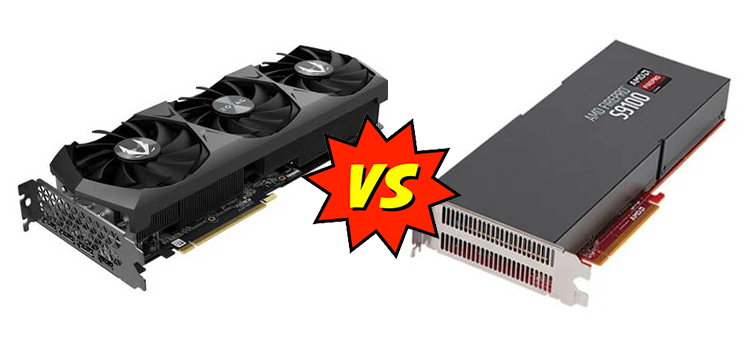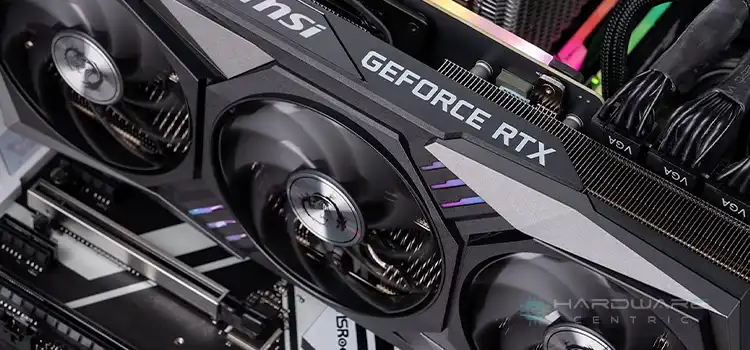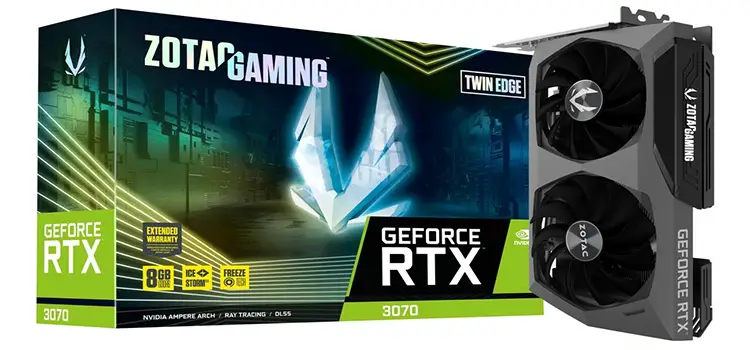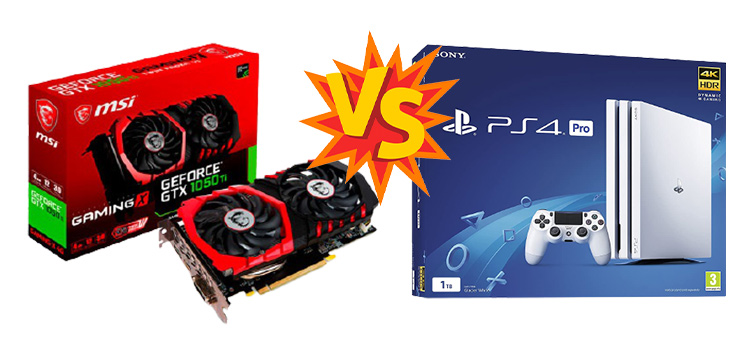256 vs 512 Bit GPU | Which Is Better?
While 512-bit GPUs feature a double bitrate as 256-bit GPUs, there are other specifications to consider before comparing to their 256-bit counterparts such as RAM, memory, stream processors, VRAM, and much more.

Difference Between 256 and 512 Bit GPU
Differentiating both GPUs by their specifications to choose the best possible GPU is not an easy task. There are many things to consider such as memory, stream processors, VRAM, data transfer rate, bitrate, and other components. Figuring out the relative strengths and weaknesses of graphics cards is quite challenging.
But you do not need to worry as we are here with the major differences between them to easier your decision-making. Have a look at the following table –
| Factors | 256-Bit GPU | 512-Bit GPU |
| Memory bit-width | 256-Bit | 512-Bit |
| Bandwidth | Lower | Higher |
| VRAM | Maximum 12 GB size available | Maximum 24 GB size available |
| Power consumption | Lower | Higher |
| Performance | Ensure better performance for mid-level GPUs | Ensure better performance for high-level GPUs |
| Gaming experience | Possibly face difficulties with higher settings and resolutions | Easily cope with higher settings and resolutions |
| Price | Affordable | Expensive |
The bit-width means the width of the memory bus. Memory bandwidth doesn’t affect too much the benchmark of a GPU. The bitrate of a graphics card refers to the amount of data the card can move between the GPU and the RAM with each clock cycle.
GPU Bitrate and Performance
A GPU’s actual throughput or bandwidth is measured in gigabytes per second. Rather than bits, it depends on a combination of its bus’s bitrate and RAM frequency. More bandwidth draws to the screen more quickly and with better resolution.
Even though a 512-bit graphics card offers double the memory bandwidth of its 256-bit counterpart considering other specs being equal, there are other factors to consider rather than only bus size. Other factors, such as the amount and speed of RAM, memory, stream processors, and VRAM always impact the overall performance. So, it doesn’t only depend on bitrate to result in smoother and higher-quality images.
Usability of 256 vs 512 Bit GPU
256-bit graphics cards are suitable for the majority of users as it clicks well with most basic rigs. It’s more than enough for basic computing, and also for budget gaming and general use of 3D software. Also, there are high-range enthusiast-level cards available at 256-bit.
512-bit GPUs are the most powerful and expensive performance-level cards. It needs a beefy processor, mobo, RAM, and especially PSU (power supply unit) as it draws a lot of power. Without such high specifications, it may cause bottlenecks and other performance issues.
List of 256 Bit GPUs
There are many powerful GPUs available at 256 bit such as AMD Radeon RX 6800, AMD Radeon RX 6900 XT, Nvidia GeForce RTX 3070 Ti, AMD Radeon RX 6800, Nvidia GeForce RTX 3070, Nvidia GeForce RTX 3060 Ti, Nvidia GeForce RTX 2080 Super, Nvidia GeForce RTX 2070. Some of them feature the latest ray tracing as well.
Frequently Asked Questions (FAQs)
What does 256-Bit mean in a GPU?
The bit rate actually represents the memory bus width of a GPU. It is the data amount that can transfer between the RAM and GPU per clock cycle. Here, 256-Bit means the transfer amount is 256 data.
Are there any 512-Bit GPUs?
Yes, there are. You can easily find some if you look for them online. To make it convenient, here are some 512-Bit GPUs – Nvidia GTX 280, 285, 690, Quadro FX 5800, AMD Radeon HD 2900XT, etc.
To Conclude
A common misconception convinces users that a higher bitrate is more powerful, which is not necessarily true. Before you get a GPU for your setup, consider the other feature as well as your computer’s remaining specifications to get the best outcome.
Subscribe to our newsletter
& plug into
the world of PC Hardwares





![[5 Fixes] Rx 5700 Xt Driver Issues](https://www.hardwarecentric.com/wp-content/uploads/2022/10/Rx-5700-Xt-Driver-Issues.jpg)
